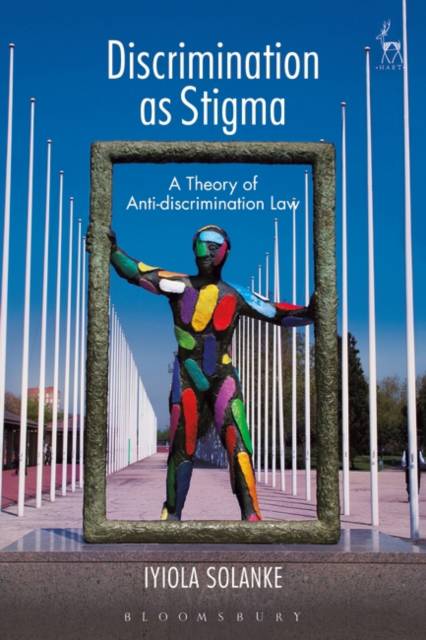
- Afhalen na 1 uur in een winkel met voorraad
- Gratis thuislevering in België vanaf € 30
- Ruim aanbod met 7 miljoen producten
- Afhalen na 1 uur in een winkel met voorraad
- Gratis thuislevering in België vanaf € 30
- Ruim aanbod met 7 miljoen producten
Zoeken
€ 93,45
+ 186 punten
Uitvoering
Omschrijving
This monograph reconceptualises discrimination law as fundamentally concerned with stigma. Using sociological and socio-psychological theories of stigma, the author presents an 'anti-stigma principle', promoting it as a method to determine the scope of legal protection from discrimination. The anti-stigma principle recognises the role of institutional and individual action in the perpetuation of discrimination. Setting discrimination law within the field of public health, it frames positive action and intersectional discrimination as the norm in this field of law rather than the exception. In developing and applying this new theory for anti-discrimination law, the book draws upon case law from jurisdictions including the UK, Australia, New Zealand, the USA and Canada, as well as European law.
Specificaties
Betrokkenen
- Auteur(s):
- Uitgeverij:
Inhoud
- Aantal bladzijden:
- 256
- Taal:
- Engels
Eigenschappen
- Productcode (EAN):
- 9781509929825
- Verschijningsdatum:
- 30/06/2019
- Uitvoering:
- Paperback
- Formaat:
- Trade paperback (VS)
- Afmetingen:
- 156 mm x 234 mm
- Gewicht:
- 362 g

Alleen bij Standaard Boekhandel
+ 186 punten op je klantenkaart van Standaard Boekhandel
Beoordelingen
We publiceren alleen reviews die voldoen aan de voorwaarden voor reviews. Bekijk onze voorwaarden voor reviews.











